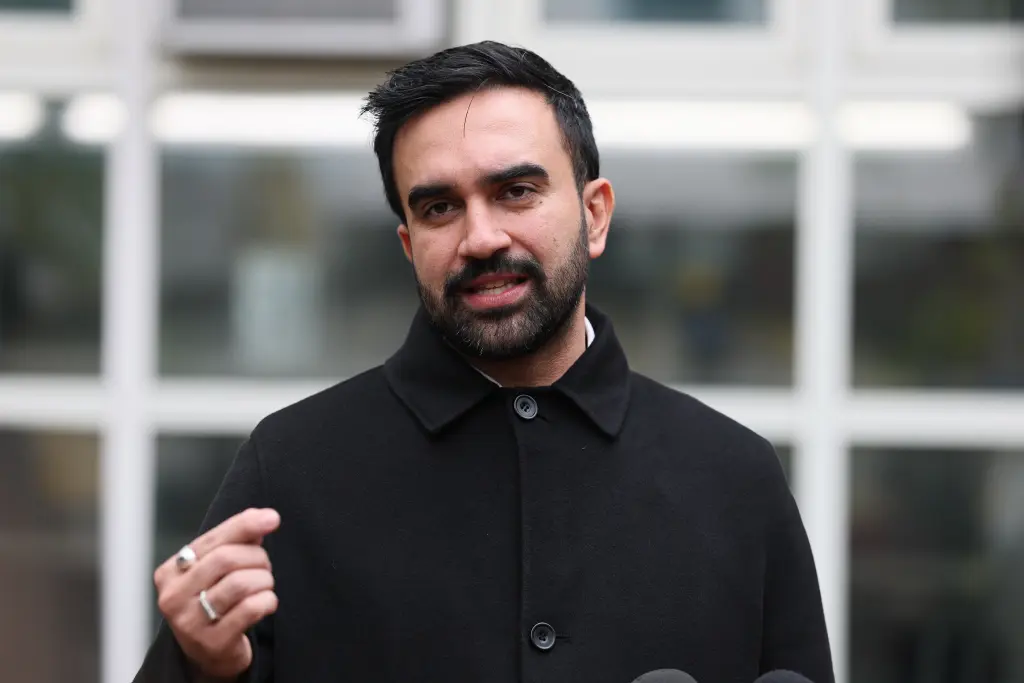Shonda Rhimes Almost Stopped Grey’s Anatomy Before It Aired—And the Bold Decision That Changed TV Forever
When people think of Grey’s Anatomy, they often picture one of the most successful and diverse TV dramas in history, a show that not only broke ratings records but also changed the way medical dramas were told. But according to Shonda Rhimes, the woman behind it all, the series almost never made it to air the way we know it today. In fact, if she hadn’t spoken up during the early casting process, Grey’s Anatomy might have been “an all-white show,” something she flat-out refused to allow.
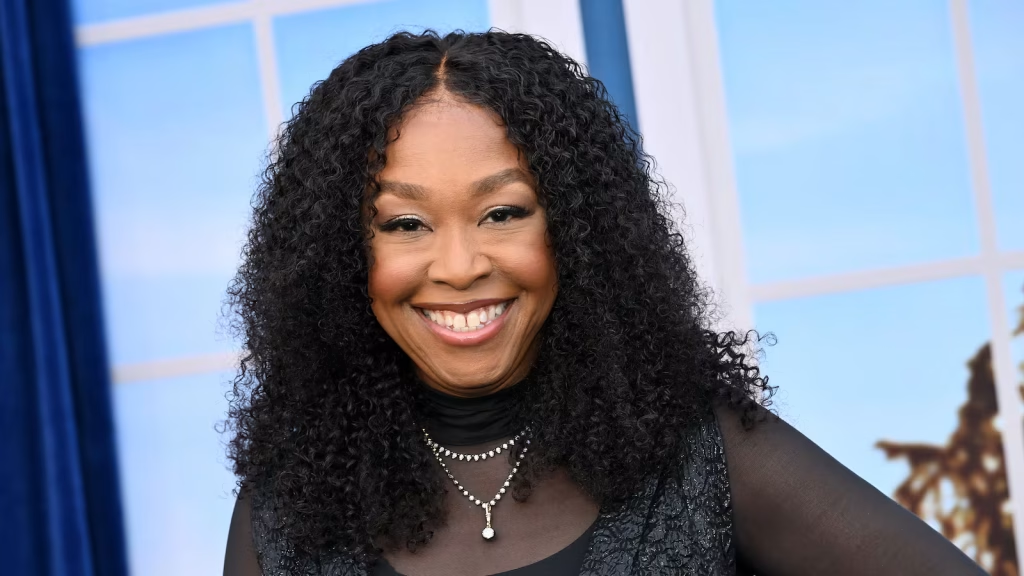
This revelation came to light in Issa Rae’s new HBO documentary Seen & Heard: The History of Black Television. In it, Rhimes looked back at the tense moment when she realized that the show she had worked so hard to create might not reflect the world she wanted to put on screen. She described standing up in a room full of network executives and looking directly at the president of the network. That’s when she made her bold stand: “I’m not going to have an all-white show.”
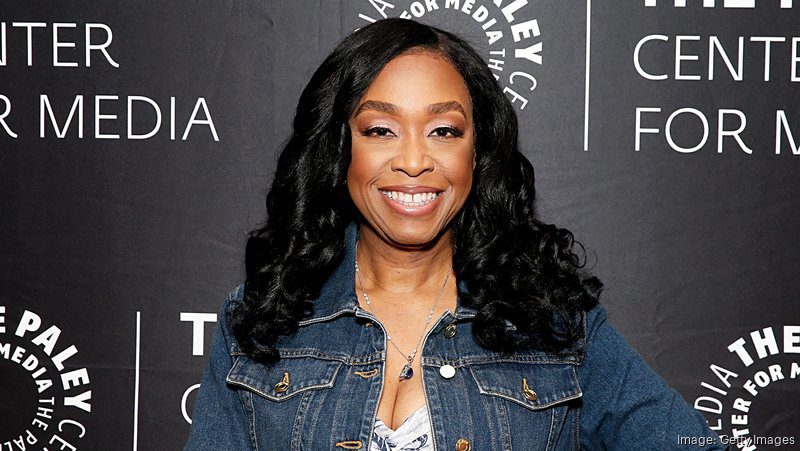
It’s easy to forget now, in a time when Grey’s Anatomy has become synonymous with diverse characters and groundbreaking representation, that television in the early 2000s was still very much dominated by white casts. For a network drama to lead with actors of color in major roles was considered risky, even controversial. But Rhimes wasn’t willing to compromise. Her vision of the show wasn’t just about doctors and medical cases—it was about reflecting real life. In hospitals and cities across America, diversity isn’t optional. It’s reality. And she wanted that reality to be the heart of her show.
That decision turned out to be historic. Instead of conforming to the safe, traditional mold, Rhimes pushed for a cast that included actors from different racial and cultural backgrounds. Audiences were introduced to beloved characters like Dr. Miranda Bailey, played by Chandra Wilson, and Dr. Cristina Yang, portrayed by Sandra Oh, whose performances became central to the show’s emotional impact and long-lasting legacy.
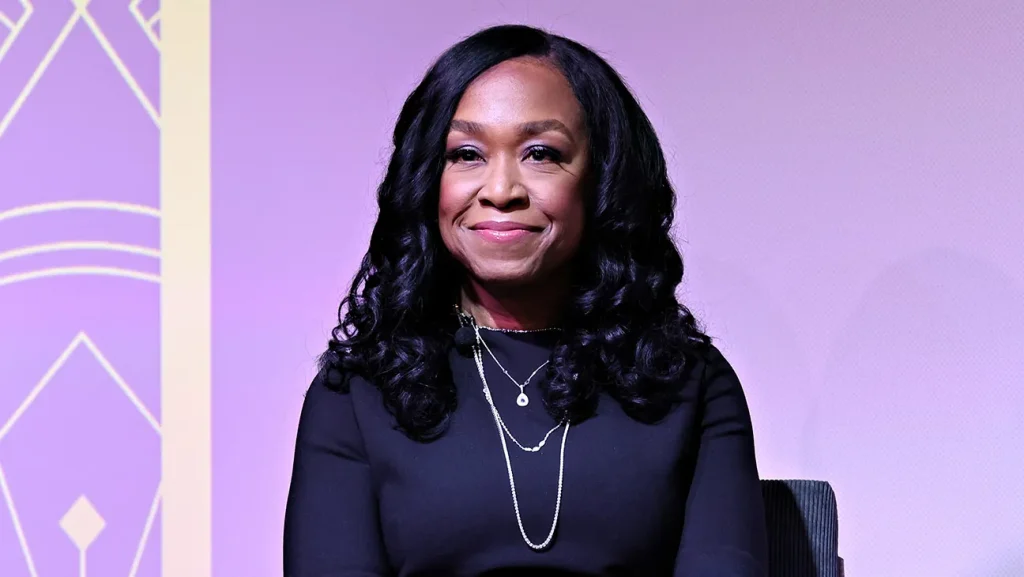
The ripple effect of Rhimes’ stand went far beyond just Grey’s Anatomy. It changed the television landscape. Suddenly, networks saw the undeniable success of a series that not only embraced diversity but thrived because of it. Grey’s Anatomy didn’t just attract millions of viewers; it built a loyal fan base that felt seen in ways they hadn’t before.
Rhimes herself has become a trailblazer in Hollywood. By standing firm that day in the casting room, she proved that sometimes it takes one powerful voice to shift an entire industry. Her stance wasn’t just about the show; it was about sending a message that stories about people of color mattered just as much, and that audiences were hungry for them. Looking back now, it’s impossible to imagine Grey’s Anatomy without its groundbreaking diversity, but that reality almost didn’t happen.
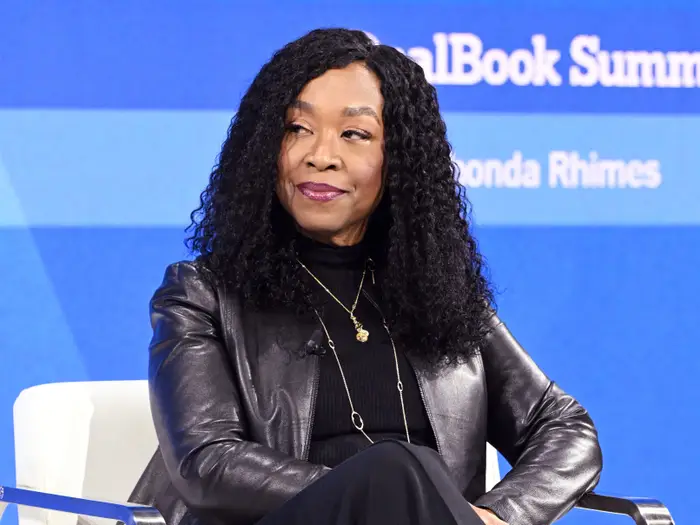
It’s a reminder that representation doesn’t happen by accident. It happens because people like Shonda Rhimes are willing to fight for it, even when it means risking the success of a major network show before it even airs. Today, Grey’s Anatomy remains one of the longest-running dramas in TV history, and it continues to inspire both viewers and creators. But its greatest legacy might not be the plot twists or shocking medical cases. It might be the fact that one woman stood her ground and changed television forever.


